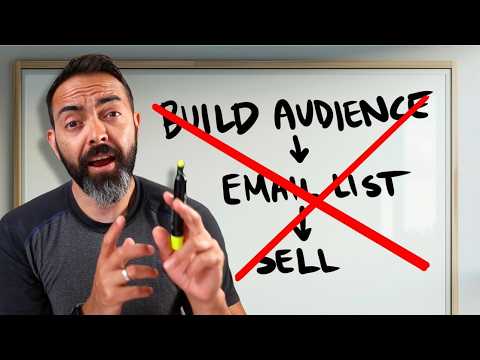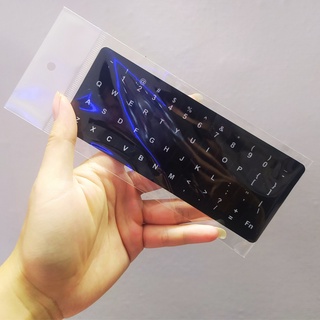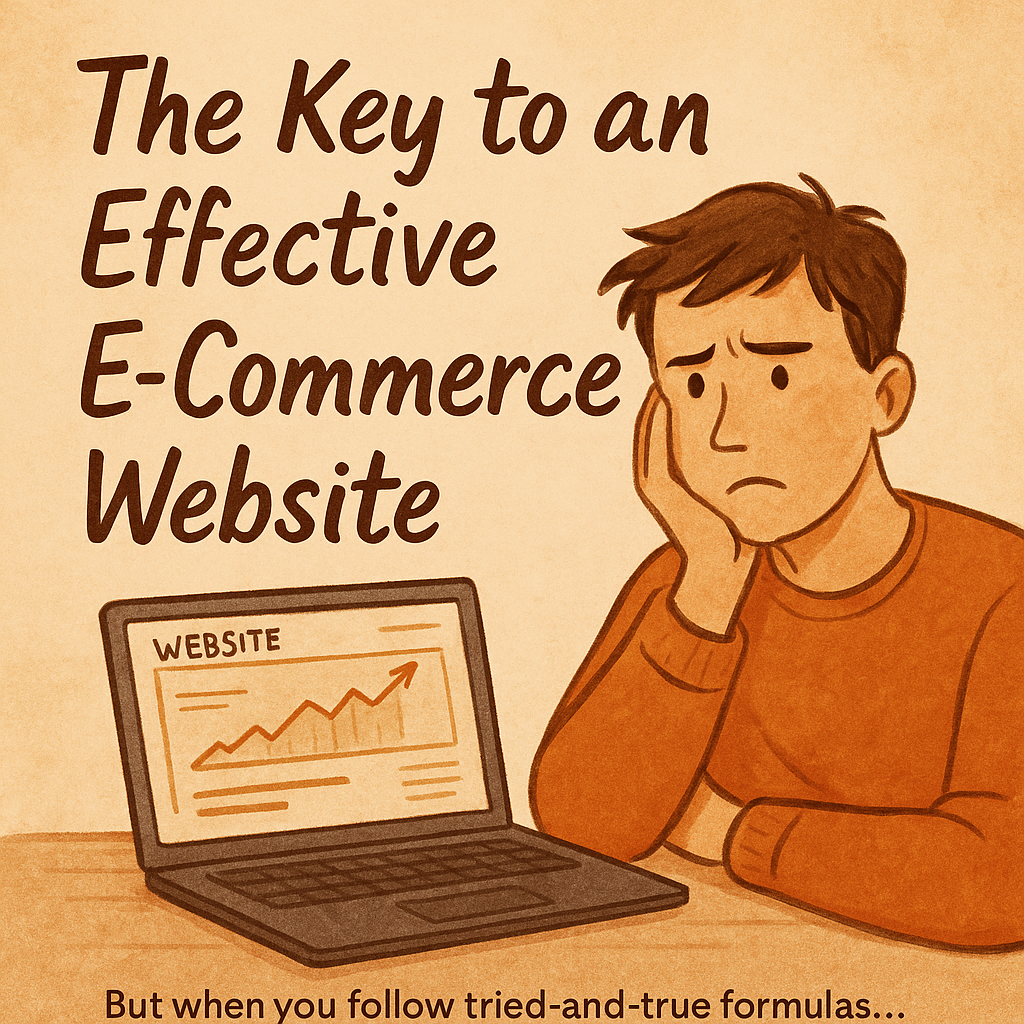In the summer of 2019, a seemingly simple kids’ smartwatch made $250,000 in just three months.
The product? A GPS-enabled, camera-equipped smartwatch designed to help parents stay connected with their children—and more importantly, protect them from getting lost or kidnapped.
But here’s the real story: the success didn’t come from just launching a cool gadget.
It came from how the information was used.
Why Some People See the News—and Others See Opportunity
The inspiration behind the Camille SmartWatch business began with a headline. Across the U.S., major news outlets were reporting rising child abduction cases. Among the stories was a highlight: a smartwatch had helped a nine-year-old escape a kidnapping attempt.
Now, ask yourself this:
Why is it that thousands of people watched the same news, read the same reports—yet only one woman saw a business opportunity?
It reminds me of a quote I once read from Eleanor Roosevelt:
“Great minds discuss ideas. Average minds discuss events. Small minds discuss people.”
This wasn’t just about a news story. This was about seeing an idea buried within a headline. A solution hidden inside a tragedy.
And Camille? She saw it.
She Didn’t Invent It. She Repurposed It.
Camille didn’t create the original watch. In fact, she sourced a lookalike product from AliExpress. But she understood something most people overlook:
It’s not about what you sell. It’s about how you present it.
She didn’t just slap up a store and run ads. She carefully mimicked the structure of a press release. Her landing page opened with hard data—millions of children go missing globally each year. Then she asked an emotionally charged question:
“Do you want to keep your child safe?”
This technique wasn’t new. It was straight out of David Ogilvy’s playbook. The man often called the father of modern advertising once said:
“It has been found that readership of advertisements that look like editorial matter is 500% higher than of those that do not.”
And Camille’s page? It didn’t scream “Buy Now!”
It whispered, “This was on the news. It saved a child’s life. Want to learn more?”
Boom—instant credibility. Instant trust. Instant curiosity.
Omni-Channel Marketing Done Right
She didn’t stop at Facebook. Camille understood that one platform is a single leg on a four-legged chair. So, she layered her strategy:
- Facebook Ads to create awareness and emotion.
- Google Ads for high-intent search traffic.
- Retargeting viewers who had seen her story on social media.
- Smart pricing, simple checkout flow, and site design optimized for parents (who are often not tech-savvy).
The result? A product that looked like a media-backed innovation, powered by cross-channel marketing, and sold with trust, urgency, and empathy.
What We Can Learn from This
This isn’t just a case study. It’s a mirror.
It reflects the difference between those who consume information passively—and those who act on insight.
Where one person sees a tragic statistic, another sees a market gap.
Where one person debates whether a claim is true or false, another asks, “How is this information being used?”
The lesson?
It’s not what you know. It’s what you do with what you know.
Ready to Train Your Eye for Opportunity?
At HBizInsight, we believe entrepreneurs don’t need more noise.
They need insight—organized, timely, and ready to be applied.
That’s why we break down stories like this—to help you not only learn what worked but why it worked, so you can recreate your own version.
Want more stories like this?
Explore the HBizInsight Article Library
Or sign up for our free newsletter—packed with weekly case studies, campaign breakdowns, and the sharpest insights from the world of eCommerce.
Let’s train your eye to spot opportunity—one insight at a time.





